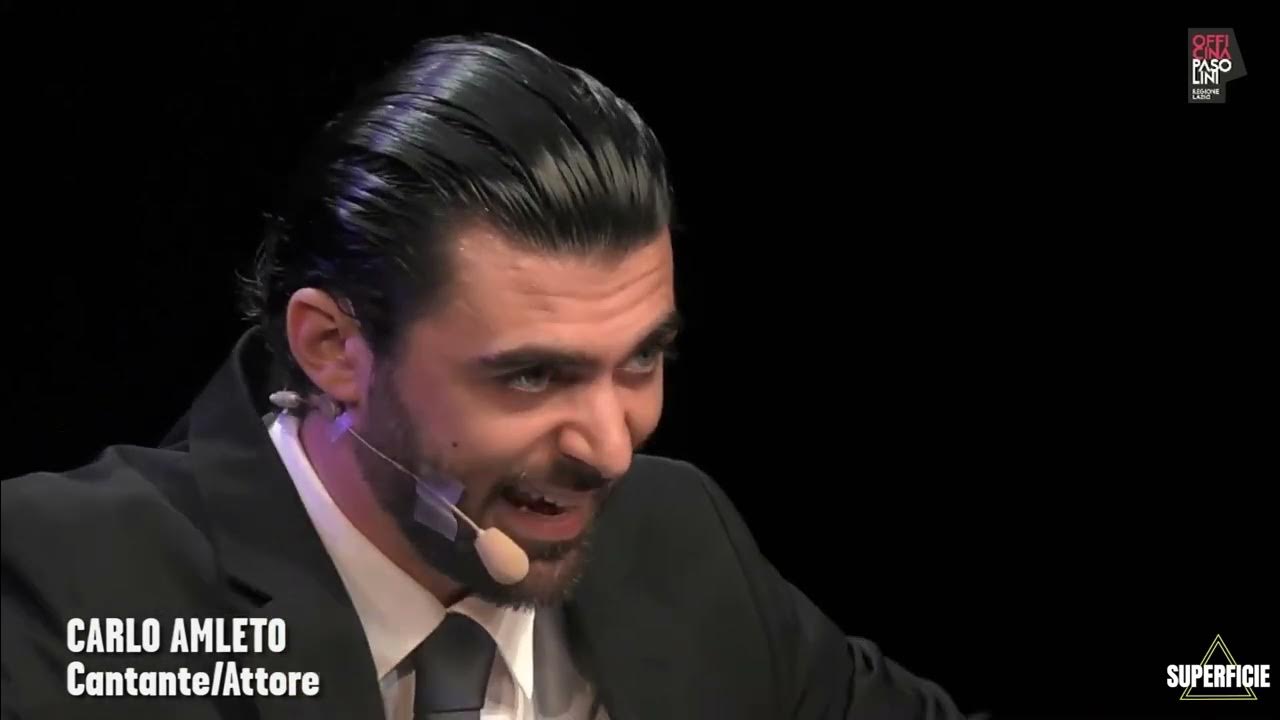The ARG Episode 1
Summary
TLDRThe chaotic transcript depicts a series of nonsensical and dramatic events, possibly from a parody or satirical show. It includes references to popular culture, such as the recurring 'Kenny' character from South Park, and features characters like Mario and Luigi. The dialogue is filled with absurd humor, threats, and a sense of confusion, suggesting a surreal or dream-like scenario.
Takeaways
- 😴 The script seems to depict a conversation or monologue where the speaker is tired and possibly sleep-deprived, leading to a disoriented state.
- 🎶 There is a recurring mention of music playing in the background, suggesting a soundtrack or an audio element that is a part of the scene.
- 👥 The script includes references to characters like Luigi and Mario, hinting at a possible setting related to a popular video game or media franchise.
- 🎮 The mention of 'clones' and 'tripping' could imply a theme of video games or virtual reality, where such concepts are common.
- 🤔 The speaker expresses confusion and a struggle to understand their surroundings, suggesting a possible dream state or hallucination.
- 😱 There are expressions of fear and shock, particularly with phrases like 'oh my God' and 'suffocate', indicating a tense or frightening scenario.
- 😡 Aggression and frustration are evident in the script, with the speaker threatening to 'kill' someone and expressing annoyance with another character.
- 🏠 The speaker notices changes in their environment, such as the house looking different, which adds to the surreal or altered state of the narrative.
- 👶 The mention of 'Mario and his dumb kid' and the phrase 'his kid is now' suggests a subplot involving a child character and possibly a tragic event.
- 😵 The script contains a lot of nonsensical phrases and repetitions, which could be a stylistic choice to convey a chaotic or disoriented mental state.
- 🤷♂️ The speaker repeatedly questions what is happening, indicating a lack of clarity or understanding of the situation at hand.
Q & A
What is the general mood of the characters in the transcript?
-The characters in the transcript seem to be in a state of confusion and agitation, with frequent interruptions by music and disjointed dialogue.
What is the significance of the phrase 'suffocate' in the script?
-The word 'suffocate' appears to be used in a threatening manner, indicating a tense or hostile interaction between the characters.
What does the mention of 'Kenny' imply about the characters' situation?
-The reference to 'Kenny' and his being 'killed' suggests a recurring event or joke, possibly indicating a running gag or a pattern in the characters' experiences.
Why do the characters discuss 'cracking necks'?
-The mention of 'cracking necks' could be a metaphor for taking action or making a change, or it could be a literal reference to physical discomfort or an attempt to relieve tension.
What is the role of music in the script?
-Music seems to serve as a background element that punctuates the dialogue, possibly indicating shifts in mood or marking transitions in the narrative.
How does the mention of 'Luigi' and 'Mario' relate to the script's context?
-The names 'Luigi' and 'Mario' are likely references to characters from the popular video game series, suggesting that the script might be a parody or fan fiction involving these characters.
What does the phrase 'die kill you' signify in the script?
-The phrase 'die kill you' is repeated multiple times, indicating a possible conflict or a dark humor element within the script.
Why do the characters discuss 'tripping'?
-The term 'tripping' could imply that the characters are experiencing hallucinations or are in a state of altered perception, possibly due to a substance or psychological stress.
What is the significance of the 'award' mentioned in the script?
-The mention of an 'award' is unclear without context, but it could be a symbol of achievement, a point of contention, or a part of a larger narrative.
What is the implication of the characters seeing things differently, such as 'red' or 'Yoshi'?
-The characters' altered perceptions of colors and objects like 'Yoshi' might indicate a shared hallucination or a surreal element in the script.
How does the script's ending with 'God damn it every time' reflect the characters' emotions?
-The script's ending suggests frustration and a sense of futility, as if the characters are caught in a repetitive or unchanging situation.
Outlines

このセクションは有料ユーザー限定です。 アクセスするには、アップグレードをお願いします。
今すぐアップグレードMindmap

このセクションは有料ユーザー限定です。 アクセスするには、アップグレードをお願いします。
今すぐアップグレードKeywords

このセクションは有料ユーザー限定です。 アクセスするには、アップグレードをお願いします。
今すぐアップグレードHighlights

このセクションは有料ユーザー限定です。 アクセスするには、アップグレードをお願いします。
今すぐアップグレードTranscripts

このセクションは有料ユーザー限定です。 アクセスするには、アップグレードをお願いします。
今すぐアップグレード5.0 / 5 (0 votes)






